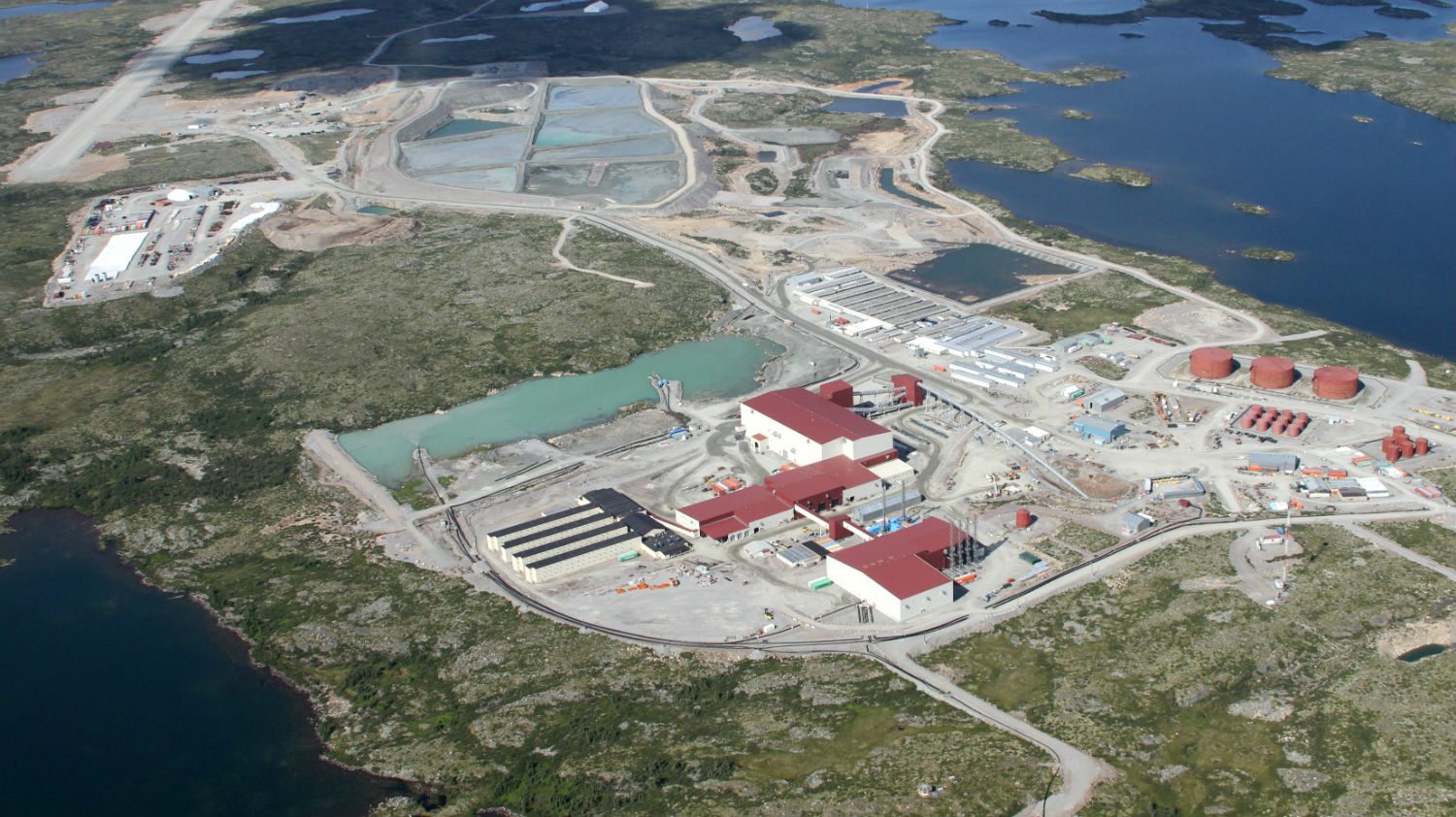The territorial government is set to allow water quality to deteriorate at Snap Lake – a decision mining giant De Beers argues will keep the mine alive.
In a decision announced on Thursday, the quasi-judicial Mackenzie Valley Land and Water Board (MVLWB) granted De Beers’ application to alter its water licence at the mine.
That application called for an increase in the amount of total dissolved solids (TDS) allowed in waste water from the mine and all water in the area.
The territorial minister responsible, Michael Miltenberger, must now approve the board’s decision before it is final.
Closure threat
The level of total dissolved solids in water at the mine is a concern because of the effect on water quality, taste, and organisms living in that habitat.
The MVLWB’s decision grants De Beers the full increase in total dissolved solids it requested. The decision raises the site-specific water quality objective, otherwise known as the SSWQO – essentially, the target amount of total dissolved solids in the water – from 684 mg/L to 1,000 mg/L.
In reaching that decision, the MVLWB said it had considered not only the environment, but also De Beers’ threat that its mine may have to close if the board did not reach this verdict.
In full: MVLWB’s reasons for decision regarding Snap Lake (pdf)
De Beers argues the water at the mine is richer in total dissolved solids than it had predicted – and the rules of its old water licence restrict the ways in which it can dispose of that water.
As a result, De Beers has been storing the water underground. That, in turn, is preventing some of its mining operation and – De Beers argues – threatening the viability of the mine.
In explaining its decision, the MVLWB makes explicit reference to the weight it gave De Beers’ concerns.
“The requirement to maintain a SSWQO less than 1,000 mg/L in the receiving environment may result in the premature closure of the Snap Lake mine,” the board concluded in its verdict.
“This is an undesirable result given the many economic benefits of the mine to date, as well as those benefits that will continue to be realized by the people of the Northwest Territories if the mine is able to continue operating until its scheduled closure in approximately 2026-2028.”
The verdict quotes Dr Don Hart, an environmental contamination expert, who told an earlier public hearing: “We’re often in a position where we have to weigh a possibility of a small effect versus economic cost, and I think some judgment calls have to be made.”
Consequently, the board argues its decision “provides the best balance of environmental protection and social or economic benefits for the residents of the NWT”.
‘Taste will change’
The board largely dismissed concerns about water quality and the effect on fish in the area.
“No direct effects on fish in Snap Lake are expected to result,” the board claimed in its verdict, “[but] the taste of the water in Snap Lake is expected to change due to increasing levels of TDS.
“De Beers has committed to meeting health-based water quality guidelines in Snap Lake.
“The Mackenzie Valley Review Board [which conducted an environmental assessment in response to De Beers’ application] acknowledged that traditional uses might be affected by the taste of water, but did not recommend a measure to protect the taste of water in Snap Lake. Instead, the Review Board focused on ensuring that the water is safe to drink in Snap Lake, and this is the measure that the board has addressed in amending this licence.”
Proposed amendments to the water licence include a number of changes designed to ensure, and monitor, De Beers’ compliance with its provisions.
Among them, De Beers is asked to supply a “detailed management strategy” for the mitigation of total dissolved solids in waste water.
If minister Miltenberger rubber-stamps the new licence – as he did with an interim licence earlier this year – De Beers will have a year to draw up and submit that plan.
A total dissolved solids level of 1,000 mg/L is often quoted as the upper boundary of what is considered freshwater.




